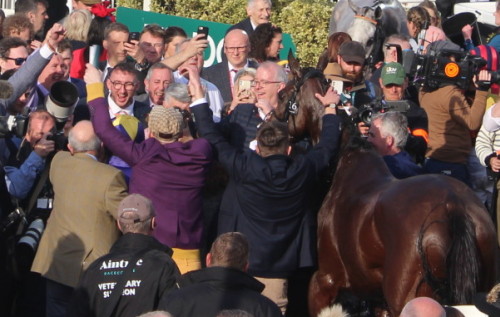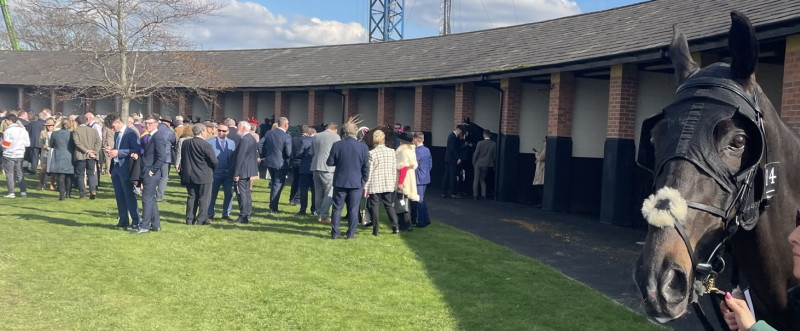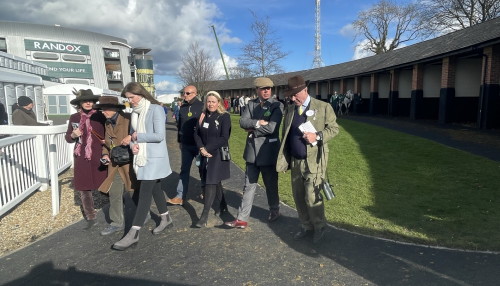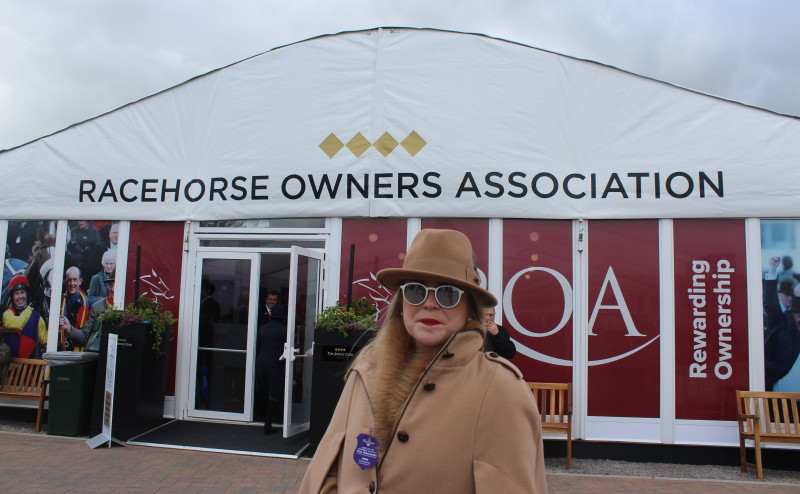Racing Syndicates: What Are They and Can Normal People Own a Racehorse?
 One of the biggest changes we have seen in racehorse ownership over the past couple of decades has been the arrival of syndicates. They themselves have actually changed a lot in this period, moving in a different direction and, ultimately, giving more choice to people who would like to get involved in racehorse ownership.
One of the biggest changes we have seen in racehorse ownership over the past couple of decades has been the arrival of syndicates. They themselves have actually changed a lot in this period, moving in a different direction and, ultimately, giving more choice to people who would like to get involved in racehorse ownership.
It’s fair to say that what was once an elite pastime, too expensive for most people, is now something that pretty much anyone can afford to do as a hobby if they wish. The latest change has been the introduction of fixed fee, large group ownership, where you can own a tiny piece in a horse, along with thousands of other people, and only have a one-off payment to find.
The success of these shows that there is an appetite for people to get involved, and the price bracket out there means that most who want to can do so.
The Early Beginnings of Racehorse Syndicates
When racing syndicates began, the options were very limited. Before syndicates, you had to own a horse fully yourself or be in a small partnership with others you knew or other people who had shown interest in the racing yard.
Syndicates took this type of ownership to a new level. First of all, they brought together people who didn’t know each other through advertising, so anyone could become a racehorse owner, even if you didn’t have any contacts or any knowledge about how to do it.
Secondly, the size of these syndicates was bigger, so more people were involved, the group was bigger, and that meant the costs were split between more people.
Generally, most syndicates at this time were limited to a maximum of 20 people, so if all were taking an equal share, then that would equate to 5% of the horse each. Everyone paid depending on their share and would pay their share percentage for any incoming bills, as well as receive that percentage in prize money if the horse was successful.
On top of this, there would be a syndicate fee for those running the syndicate, some would add this to the one-off payment to buy the horse others would increase the monthly payment made by members and take a cut of that.
This was as close to owning a horse fully as possible because you got the chance to go to the races as an owner, see the jockey and trainer in the parade ring, and in a group of no more than 20, would no doubt feel closer to the horse and those in the syndicate.
New Style Ownership Groups
Since the early creation of the syndicates above, we’ve also seen a new way to own horses, and that is through ownership groups. These are much cheaper, far more casual, and also far bigger, and it is this type of ownership that has really taken things to the masses due to the lower cost involved.
When you buy into an ownership group, you are going in with thousands of other people to own the horse. This means the costs are lower, and not only that, but these groups run on a basis where you pay a one-off fee, then nothing else, for the duration of the ownership period.

These fees are now as low as £50 with certain ownership groups, making them ideal for things such as presents for racing fans who want to feel a little more connected to the sport.
Of course, at such a low price and with so many owners involved, the perks of this type of ownership are not as strong. You do not get the same kind of personal service. Basically, you are on a mailing list or in a big group for any info you receive about the horse. Secondly, you won’t be able to always watch as an owner at the course, as places are limited, and a draw is made to see who gets given the places.
While this is enough for some, these ownership groups are also a great entry point for those thinking about horse ownership with a syndicate. By getting involved in these for a small fee, they can get a feel for how it works, then see the additional cost to be part of a syndicate, plus the additional benefits, and then work out if they feel it is value for money.
Regular People Competing Against Some of the Richest in the World
 One of the great reasons why syndicates and ownership groups have been a success is because they have delivered dreams to many racing fans. We now have a situation where ordinary people can compete against some of the richest owners in the world and may come out on top. Corach Rambler, the winner of 2023 Grand National is owned by a syndicate of people from all walks of life – all only having one thing in common; the horse.
One of the great reasons why syndicates and ownership groups have been a success is because they have delivered dreams to many racing fans. We now have a situation where ordinary people can compete against some of the richest owners in the world and may come out on top. Corach Rambler, the winner of 2023 Grand National is owned by a syndicate of people from all walks of life – all only having one thing in common; the horse.
Thanks to the sheer volume of people involved in these syndicates, and the fact that racing can be unpredictable at times, we do see ownership group horses running against those owned by billionaires that cost six figures or more.
Ownership groups have allowed people to play at the top table against those with money in a sport where money is often one of the’ must haves’. The big meetings are still full of big owners, such as Godolphin, Coolmore and other huge names in racing, but they are now joined by others.
Ownership groups such as the Owners Group and established syndicates such as Middleham Park Racing are all now having runners in big races, not all the time, but they are getting there with that and competing against the big boys. Every time we see an Owners Group horse in a big race, you know there are thousands of owners sat at home watching, taking on the big names. The same when a Middleham Park Racing horse runs, but on a much smaller scale, these are regular people trying to mix it with the big boys.
The Future of Racehorse Ownership

One of the biggest talking points around racing at the moment is how the future will look. The feeling is that syndicates and ownership groups are going to play a big part in that. With prize money constantly in the news and not rising at the kind of level it should, in order to make UK racing a more attractive prospect, it’s not certain that the big owners will keep coming or those already here will stay.
The number of runners in the UK is not that high at the moment, and another area of concern for racing, so if any of the bigger names do move away, or move part of their string away, then they will need replacing.
It remains to be seen if ownership groups and syndicates can do that all by themselves because no one knows how long the appetite for these will last. But the start has been strong, we’ve got some very good, established people and companies offering this type of racing ownership to regular fans of the sport.
The most likely scenario is that big owners, and ownership groups, will continue to be a part of racing, but don’t be surprised if ownership groups take a bigger slice in the coming years.
